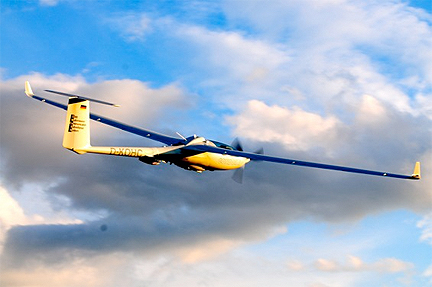...future common data link (CDL) capability to enable military intelligence, surveillance, and reconnaissance (ISR) forces to operate on the network-centric warfare battlefield of the future. Officials of the Air Force Life Cycle Management Center at Hanscom Air Force Base, Massachusetts, issued a request for information (CDL-13-RFI) late last week for the New Common Data Link (CDL) Capabilities program, which seeks to help the Air Force establish parameters of future common data links.
 Air Force researchers particularly are interested in multi-access CDL networks; dynamically adaptive CDL parameters; and assured communications CDL capability. Companies are being asked to describe the data link capabilities they have now, or plan to have in the next four to five years. The Air Force is issuing this RFI on behalf of the CDL Executive Agent, and the Office of the Under Secretary of Defense for Intelligence. The RFI is not a solicitation and is for planning purposes only, officials say.
Air Force researchers particularly are interested in multi-access CDL networks; dynamically adaptive CDL parameters; and assured communications CDL capability. Companies are being asked to describe the data link capabilities they have now, or plan to have in the next four to five years. The Air Force is issuing this RFI on behalf of the CDL Executive Agent, and the Office of the Under Secretary of Defense for Intelligence. The RFI is not a solicitation and is for planning purposes only, officials say.
Multi-access CDL network capability involves a need to provide multi-access capability to aggregate video data streams and other ISR traffic from several sources onto a high-rate data pipe, and to enable several data sources to compete for access to a common network. The multi-access CDL network must be able to carry latency-sensitive control traffic on a deterministic network must be deterministic. Examples include a medium-size unmanned aerial vehicle (UAV) that collects and forwards video from several small Raven size UAVs, ground sensors, or ground vehicles. Ideas presented should consider latency, determinism, multipath fading, jamming, and other interference.
Dynamically adaptive CDL parameters involves the ability to adjust link parameters on-the-fly, including data rate, transmit power, modulation and error-correction coding, frequency and other parameters as needed to adapt to changing RF environmental conditions. Assured-communications CDL involves the ability to detect and go into an anti-jam mode with reduced-but-acceptable performance automatically when jamming is detected, and then return to normal when jamming goes away.
Ideas presented should identify the missions they would address, the capability addressed, and restraints such as size, weight, and power (SWaP), data rate, range, number of nodes, latency, and cost. Companies also may know of other scenarios from conversations with their customers that might be valuable. Companies interested in submitting ideas should email 20-page white papers to the Air Force's Trevor Sullivan and Maj. Chris Anglin at [email protected] and [email protected] no later than February 21, 2013.

